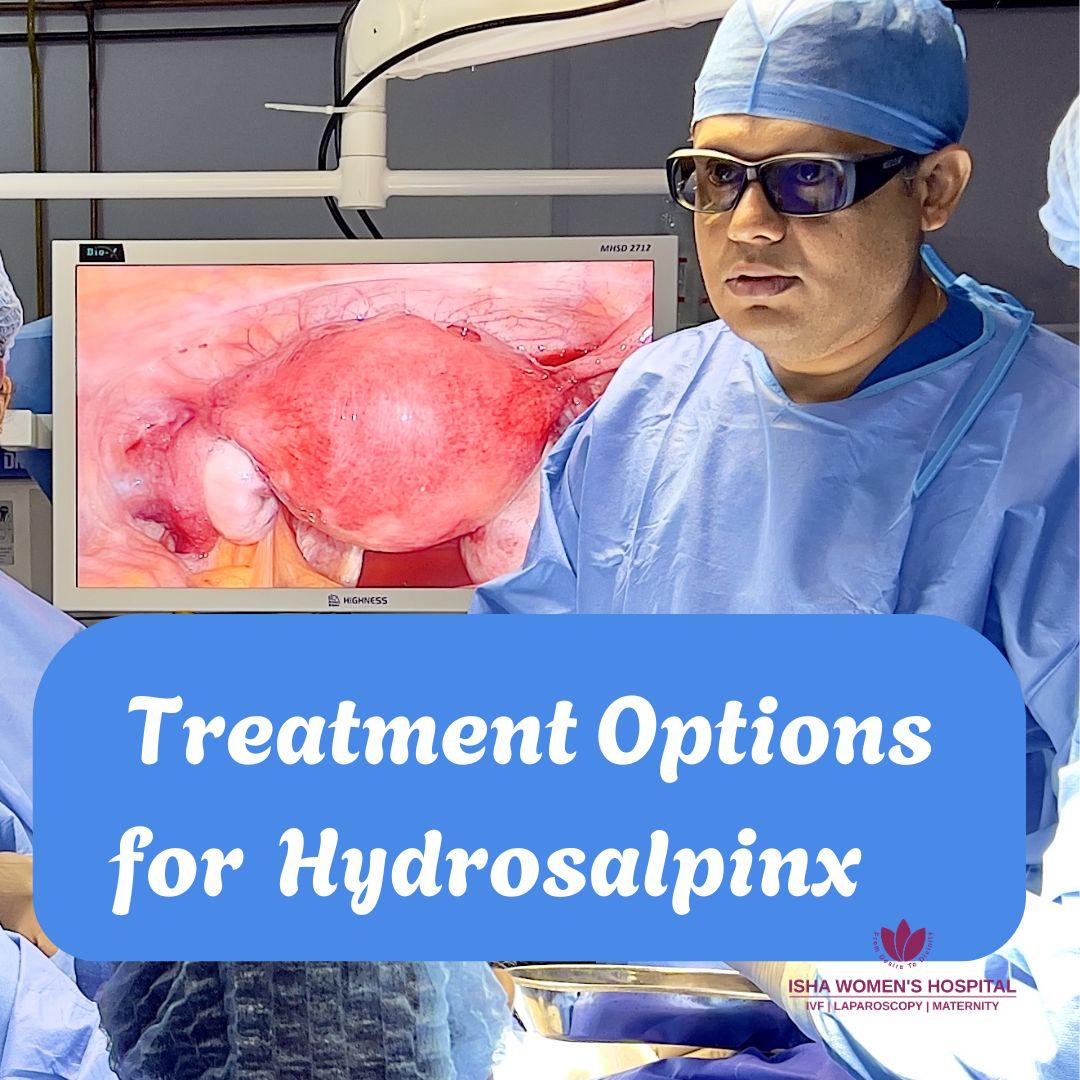Treatment Options for Hydrosalpinx: Restoring Fertility and Reproductive Health

Why Treat Hydrosalpinx?
- Prevent sperm from reaching the egg.
- Decrease the chances of embryo implantation.
- Increase the risk of miscarriage.
- Reduce the success rates of IVF (In Vitro Fertilization).
Laparoscopy: The Gold Standard for Hydrosalpinx Treatment
How Laparoscopy Helps in Treating Hydrosalpinx?
- Salpingectomy (Tube Removal): If the fallopian tube is severely damaged, removal (salpingectomy) is recommended to enhance IVF success rates.
- Salpingostomy (Tube Repair): In cases where the damage is minimal, a small opening is created in the tube to restore function.
- Fimbrioplasty: If the fimbriae (finger-like projections at the end of the fallopian tube) are damaged, this procedure helps restore their function.
Conclusion
Hydrosalpinx is a treatable condition, and choosing the right treatment approach is crucial for improving fertility outcomes. Dr. Chinmay Pataki, the best laparoscopic surgeon and fertility specialist at Isha Women’s Hospital, offers world-class laparoscopic procedures tailored to each patient's needs.
If you are struggling with fertility issues related to hydrosalpinx, schedule a consultation today at Isha Women’s Hospital-Your trusted partner in fertility care! and take the first step towards parenthood with expert care and advanced treatment options.
Frequently Asked Questions (FAQs)
Answer: Yes, hydrosalpinx can be treated, and in many cases, fertility can be improved. However, since the fallopian tube is often severely damaged, restoring natural function may not always be possible. Assisted reproductive techniques like IVF are often recommended after treatment.
2. What are the surgical treatment options for hydrosalpinx?
Answer: Surgical options include:
- Salpingectomy: Removal of the affected fallopian tube, especially before IVF, as it significantly improves success rates.
- Salpingostomy: Creating a new opening in the blocked tube to restore function, though success is limited.
- Tubal ligation (proximal tubal occlusion): Blocking the tube to prevent toxic fluid from affecting the uterus during IVF.
3. Is IVF necessary after treating hydrosalpinx?
Answer: In most cases, yes—especially if both tubes are damaged or removed. IVF bypasses the fallopian tubes entirely by fertilizing eggs outside the body and transferring the embryo directly into the uterus, offering the best chance for pregnancy post-treatment.
4. Are there non-surgical treatments for hydrosalpinx?
Answer: Non-surgical options are limited. In early stages or when infection is present, antibiotics may help manage inflammation. However, these don’t resolve tubal blockages. Imaging-guided procedures or drainage may be used temporarily, but surgery is the definitive solution for restoring fertility.
5. What is the success rate of pregnancy after hydrosalpinx treatment?
Answer: Success depends on the severity and treatment method:
- IVF after salpingectomy offers higher pregnancy rates (up to 40–60% per cycle in suitable cases).
- Natural conception is rare if both tubes are affected, but possible in mild, single-tube cases.
Early diagnosis and timely treatment are key to better outcomes.
